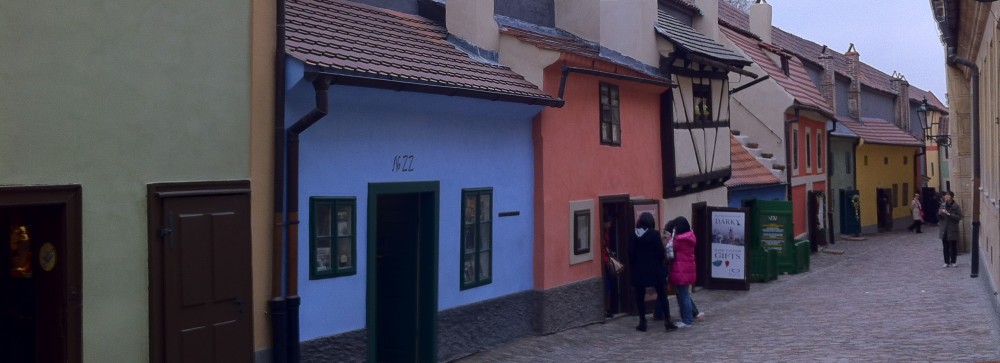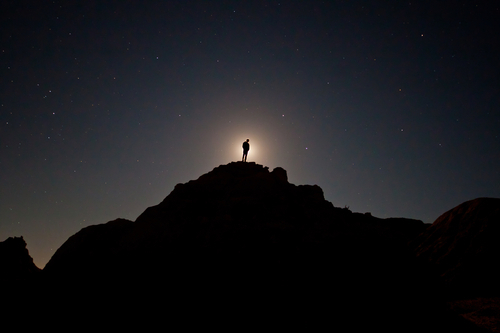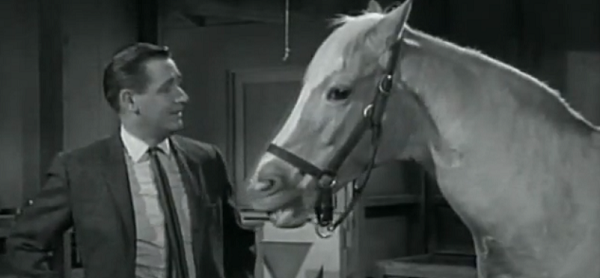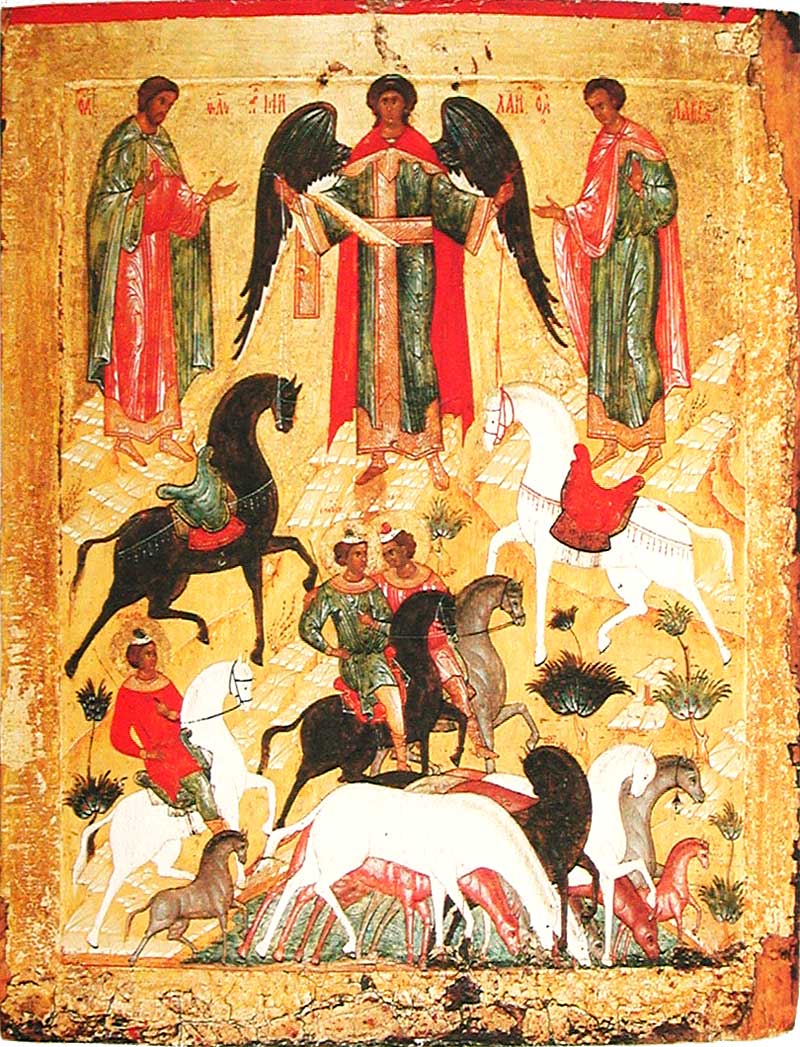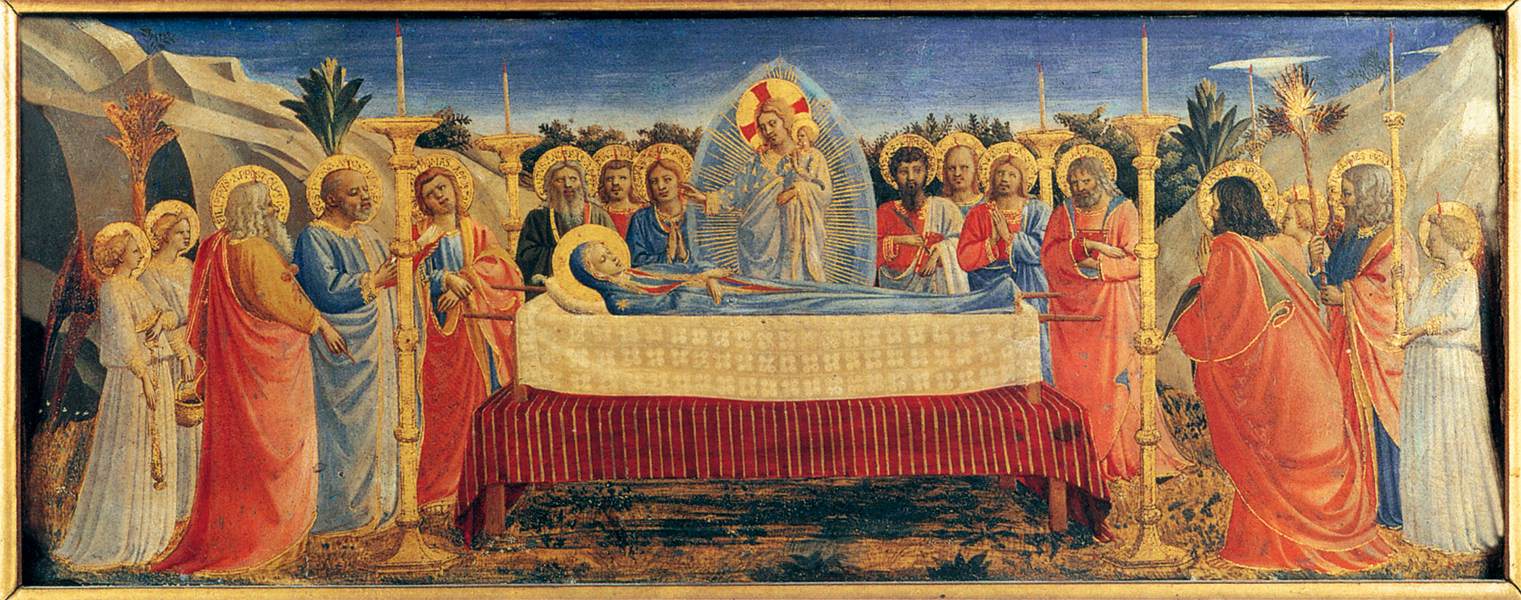Who wants to come join the fun in Budapest next March? I will be organizing this conference and hope to see some of you there!
The Supernatural
Call for Participation 2016
Friday 11th March – Sunday 13th March 2016
Budapest, Hungary
From vengeful gods and goddesses and witches to poltergeists and hauntings, to demonic possession and the accompany exorcism rituals, the human imagination has been captivated for millennia by the power of forces that operate outside the laws of nature and the relationship between humans and the spirit world. Over time, the supernatural has served as a basis for titillating audiences and generating fear. The supernatural has served as a useful means of explaining complicated natural processes in terms humans understand. As history’s famous witch-hunts have demonstrated, the supernatural is also a potent weapon for exerting control over individuals whose behavior or appearance fail to confirm to the ‘norms’ of the community. Conversely, the supernatural can also provide a means of expressing minority beliefs in a way that challenges the power of mainstream organized religions. The supernatural offers a source of personal comfort in the face of grief by providing assurance that a departed loved one is watching over us. However, as the long line of supernatural hoaxes reveal, however, this longing to believe in the afterlife can enable schemes designed to manipulate and swindle vulnerable people.
But just what purpose does the supernatural serve in 21st century societies? Is it a throwback to the irrational, superstitious and archaic beliefs of a so-called primitive era, or is it a reminder that there is more to existence than the ‘truths’ revealed by the sciences? The Supernatural interdisciplinary research and publishing event aims to interrogate and investigate the supernatural from a variety of perspectives in order to understand the uses and meanings of the supernatural across time and cultures. Subjects for presentation include, but are not limited to, the following:
The Supernatural in Theory and Practice
Shifting perspectives of what is supernatural over time and across cultures
Non-Western perspectives on the supernatural
What attitudes toward the supernatural suggest about human perceptions of the boundaries between worlds
Ancestor worship and the cultures in which this tradition is practiced
Witchcraft, voodoo and the cultures where these traditions are practiced
Satanism and cultural perceptions of this belief system
Reasons behind the enduring fascination with supernatural evil, including philosophical, theological and anthropological perspectives on this question
Relationship between the supernatural and magic
Religious traditions and the supernatural (supernatural aspects of faith and belief, attitudes of faith traditions toward the supernatural, how clergy respond to individuals who report supernatural experiences, etc.)
The Supernatural and Real Life
Socially accepted forms of supernatural belief and the factors that make some beliefs more acceptable than others
Harms and benefits of believing in the supernatural
Relationship between the supernatural and cruelty
Apocalyptic supernatural evil events or characters and the significance of millenarianism
Characteristics of supernatural entities and the significance of their difference from/similarity to human traits
Relationship between the supernatural and social power/ideologies (e.g. witchcraft as pretext for dealing with non-conforming women, using the supernatural to engage with physical enemies, etc.)
Legal/legislative approaches to restricting or enabling supernatural belief (limits of religious freedom principles, state-sanctioned punishment of witches, etc.)
Medical/clinical perspectives on belief in the supernatural: the neuroscience behind (dis)belief, clinical responses to individuals who report supernatural experiences
Science and the supernatural: using science to (dis)prove supernatural occurrences
Technologies that facilitate/measure/prove engagement with the paranormal/occult
Future of the supernatural in a world increasingly driven by science and reason
Supernatural Encounters
Analyses of reports of supernatural encounters: common conventions of reports, style and mode of recounting experience, impact of titillation versus simple reporting of events in the reports of these encounters
How the function and/or interpretation of a report of supernatural evil changes over time or across cultures
Impact of oral traditions, artistic renderings and generic conventions on the telling and reception of accounts involving supernatural encounters
How the reception of reports of the supernatural is influenced by the experience of listening versus reading or viewing
Emotional and intellectual pleasures associated with the supernatural: pleasures of fear and titillation, etc.
Comedic interpretations of supernatural evil: haunted houses in amusement parks, horror movie spoofs, etc.
Supernatural in film, television (including reality series like Most Haunted and Ghost Hunters), theatre, music, art and literature—and how they differ from more ‘traditional’ accounts
Supernatural spaces: spaces associated with evil and the economic benefits/tourism implications of such connections
Hoaxes, frauds and swindles
Supernatural and Live Performance
Curated film screenings
Performances (dramatic staging, dance, music)
Readings
Art installations
Interested? Click here for more information!
